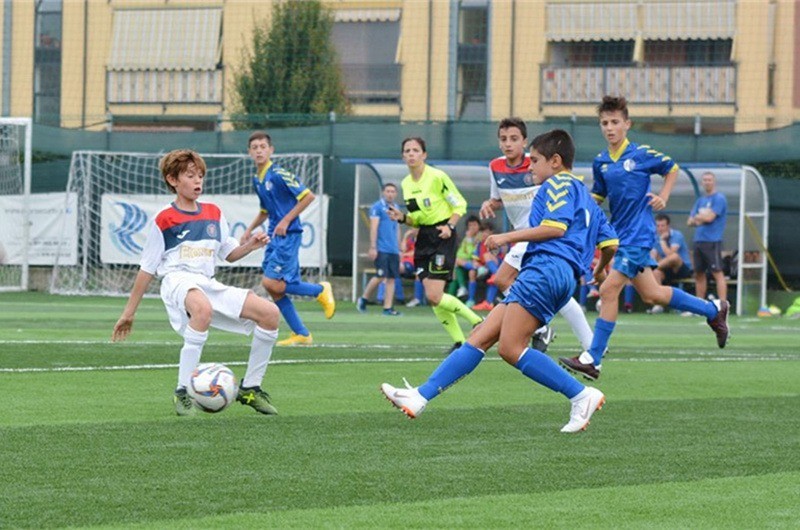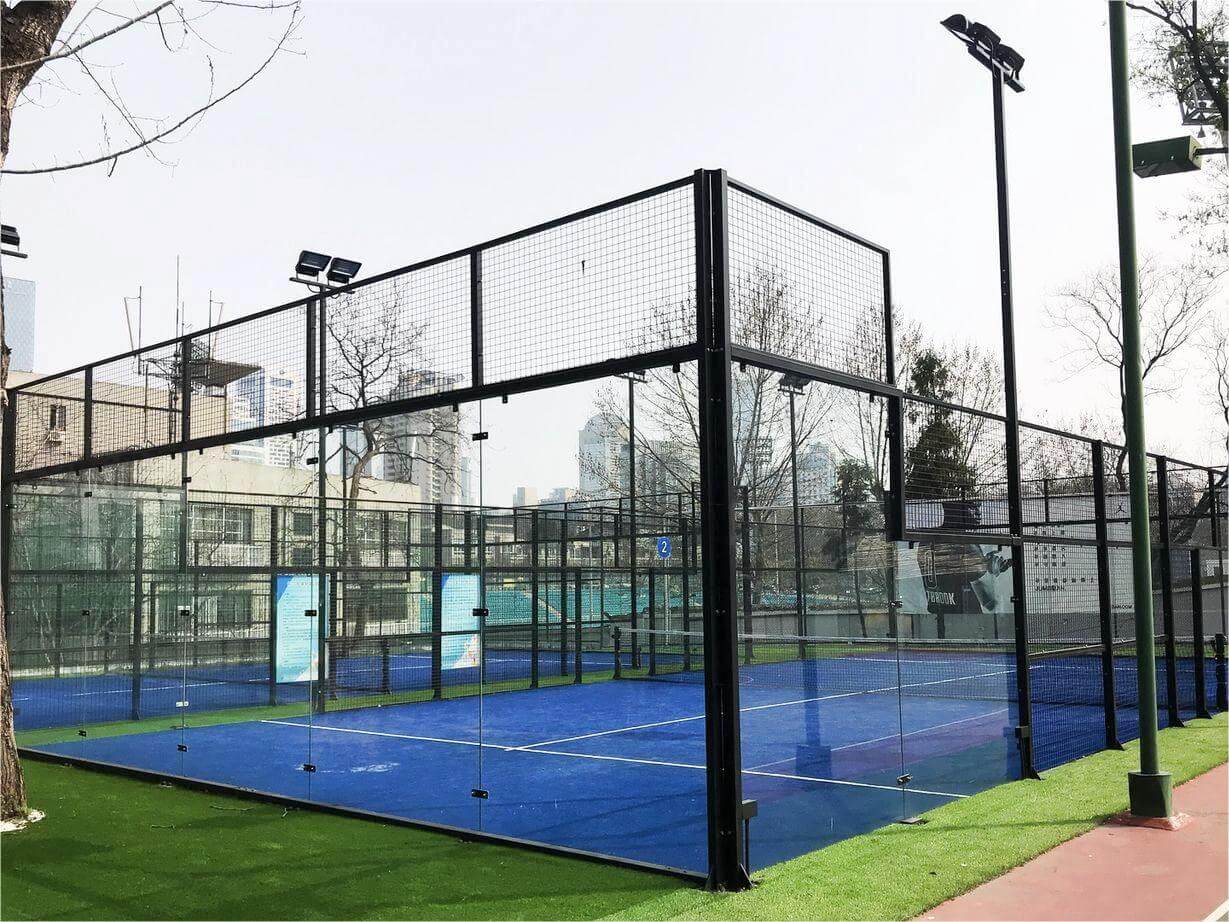As water conservation becomes increasingly important, more people are seeking alternatives to natural grass. Artificial grass is gaining popularity due to its resemblance to real grass and the elimination of mowing, watering, and maintenance. Explore the advancements in artificial grass technology, its realistic appearance, and its suitability for various applications in home gardens and sports areas.
The Evolution of Artificial Grass:
Modern artificial grass has evolved significantly from the plastic-looking lawns of the past. With improved technology, synthetic turf now closely resembles real grass in both look and feel. While it may not be identical, it is difficult to distinguish the difference without close examination.
Types of Synthetic Grass:
Traditional short-pile synthetic grass, commonly used in tennis courts and kindergartens, remains popular for its durability and cost-effectiveness. However, the new long-pile grass is gaining popularity for its turf-like characteristics and close resemblance to natural lawn. Made from polyethylene fibers woven into a rubber backing, this tall synthetic grass can reach up to 70mm in height, offering strength and durability.
Approved for Professional Sports Fields:
An increasing number of artificial turfs have gained approval from FIFA for use in soccer field surfacing. The softness of long-pile grass reduces carpet burns while providing traction underfoot. Some synthetic turfs feature a layer of rubber granules or sand for cushioning. For added comfort, artificial grass can be installed over an impact-absorbing rubber base, similar to Olympic running tracks.
Versatile Applications:
Artificial grass is increasingly installed in homes, especially in areas where homeowners lack the time or resources for maintaining a natural lawn. In garden settings, synthetic grass can be perforated to allow rainwater drainage and minimize impact on surrounding trees and plants. Its portability allows it to be easily relocated to different areas.
Installation and Cost Considerations:
Synthetic grass can be installed over various bases, including dirt, compacted road base, wet pour rubber base, or concrete. It can be secured using nails, pegs, or the weight of sand and rubber infill. While good quality artificial turf can be expensive, its long-term advantages often outweigh the initial cost.
Conclusion:
The demand for artificial grass continues to grow as people recognize its water-saving and low-maintenance benefits. Modern synthetic turf closely mimics the appearance of natural grass and finds applications in home gardens, sports fields, and more. As the technology advances and prices become more accessible, artificial grass will remain a popular choice for those seeking a lush and hassle-free alternative to traditional lawns.




